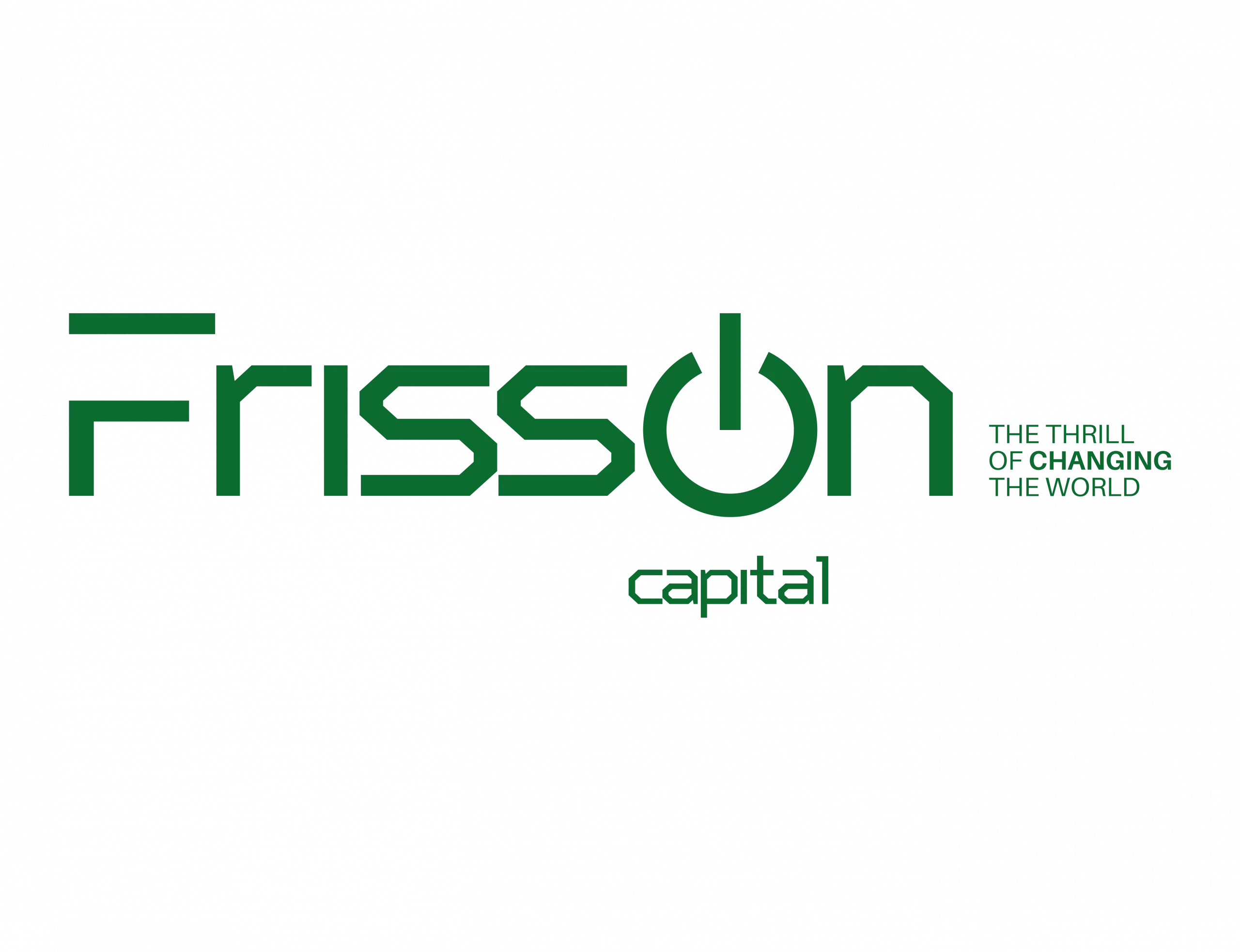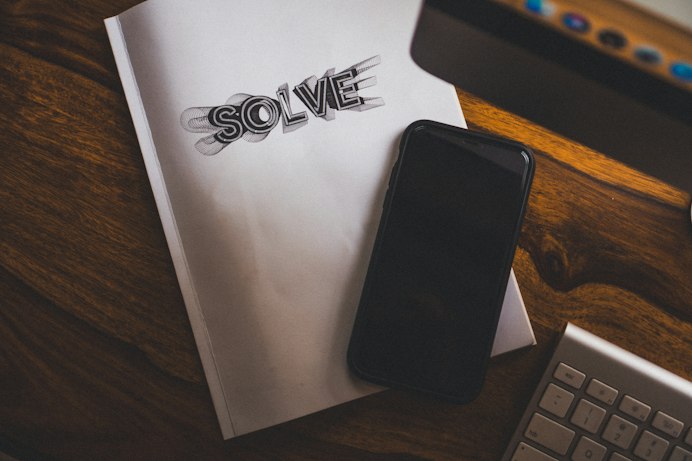About 75 percent of the companies that start fail after two years, and only 25 percent manage to survive, which is based on the fact that, although a venture starts from an innovative idea, the lack of managerial, financial, and commercial skills leads to failure.
Human beings face different fears throughout their lives, some of them naturally (such as fear of certain animals or certain circumstances), others in the face of decisions they want or have to make in different circumstances, due to cultural issues that originate in the educational process.
When we were little, our parents and teachers taught us to strive for perfection in every activity we did: to get the best grade, to get first place, to be perfect parents, and so on.
With this conceptual framework, when we grow up and have to make both life and business decisions, we often have doubts about whether or not our decision is correct. This happens to many entrepreneurs who have to make choices about their business model and product or service. Is it something that the public needs? Will I be able to get start-up funds? Will it be okay for me to be associated with “X” or “Y”?
The companies that emerge have a probability of survival of only two years. About 75 percent of the companies that start fail after two years, and only 25 percent manage to survive, which is based on the fact that, although a venture starts from an innovative idea, the lack of managerial, financial, and commercial skills leads to failure.
However, there is a factor called commitment by conviction, i.e., with the firm conviction that the idea is a good one -with due adjustments after the first failure- the entrepreneur maintains his commitment until he achieves his business objective. Many entrepreneurs summarize this factor in the phrase “failure can be the most edifying of lessons.” This is increasingly important as we live in a constantly changing world, which means that failure, in some ways, is inevitable in the midst of these changes.
That is what happens with many large companies today, where being an entrepreneur is very different from 20 or 30 years ago. Today it is easier to access capital, technological tools, information, talent, and computing power than the CEOs of the world’s largest companies had two decades ago.
If You Fall, You Get Up
Let’s think of some famous global entrepreneurs who made their fortunes through the development of products or services. Generally, they were unaware, that they had to go through some failures to get where they are.
One of them is Jeffrey Preston Bezos, better known as Jeff Bezos, who became good “friends” with failure until Amazon became one of the most influential and wealthy companies of our time. Over time, Amazon made several mistakes, most of which were his responsibility.
In 1998, Bezos launched something known as Amazon Auctions to outdo eBay, acquiring a $175 million company, Accept.com to facilitate transactions. Less than a month after its launch, it invested in a platform for live online auctions. And soon after signed a much-publicized deal with traditional auction house Sotheby’s to create a joint site for the high-end market. Despite this and the fact that eBay suffered several interruptions in its service, Amazon Auctions failed to take off, the shares fell, and the loss for Bezos was enormous. After that failure, he tried other failed operations that cost him several million dollars.
Bezos knew that constant invention and innovation are the keys to staying relevant in today’s world, even if it comes at a price. So instead of focusing on short-term struggles, he reminded himself of his long-term, consumer-centric, transformational goal. In his words, “To invent you have to experiment, and if you know in advance that it’s going to work, it’s not an experiment. Most large organizations embrace the idea of invention, but are unwilling to suffer the series of failed experiments necessary to get there.”
Another successful failure is Elon Reeve Musk, known only as Elon Musk. Getting to found Space X, Solar City, Open AI, Neuralink, Boring Company, and co-founded Tesla Motors to become the wealthiest man globally with a net worth of $252 billion (according to Bloomberg and Forbes). His net worth took a big bump in 2008 while he was facing the global financial crisis. The third serial failure was the Falcon-1 launch (a disposable launch vehicle designed and manufactured by SpaceX). Tesla’s loss increased to the lack of funding for SolarCity, and to top it off, his divorce.
That year Musk gambled every penny he had and finally turned everything around, going from being in debt to becoming the billionaire he is today. So what happened?
Musk, who only tackles problems he feels strongly about, once said, “I didn’t go into the rocket business, or the car business, or the solar business thinking, ‘This is a great opportunity. I just thought that you had to do something to make a difference. I wanted to create something substantially better than what was there before.” This passion (and the underlying emotional drive) enabled him to forge ahead in extraordinarily difficult times and take big risks.
Exponential Entrepreneurs
Besides the millions of dollars they own, what do these two characters and many more like them have in common?
They are what are known as Exponential Entrepreneurs (Exo’s). They are entrepreneurs to whom the world is not closed and whose thoughts and actions tend towards the future. According to Steven Kotler, author of 10 bestsellers on business, an exponential entrepreneur relies on exponentially accelerating technology, relies on exponential psychological tools, and uses exponential crowd tools.
Defining the Exponential Entrepreneur
Several factors define an exponential entrepreneur. Among them, are the following:
- they understand that technology is a force that transforms things from scarcity to abundance (that’s their mindset)
- they know that closed, scarcity-based business models fail as open platforms eventually win
- they constantly experiment and have a deep sense of curiosity about exponential growth technologies (3D printing, Augmented Reality, virtual reality, Artificial Intelligence, blockchain, etc.)
- they understand that these are the technologies that can transform and disrupt industries.
Likewise, these entrepreneurs have a Massive Transformative Purpose (MTP) that drives them to overcome the odds and attract top talent to join them and achieve 10x bigger and better growth while everyone else pursues incremental change. They understand the importance of action, rapid iteration, and experimentation, and emphasize the means for experimentation; they push tirelessly to reinvent and disrupt.
Finally, they can drive the exchange of ideas and create a culture of idea interaction to foster creative solutions to previously unsolvable problems. They know how to constantly keep their companies, ideas, and processes focused on the future, moving forward, and leveraging the latest exponential growth techniques to pursue even greater goals.
Among all these characteristics, two are fundamental for the exponential entrepreneur: the MTP, and the growth cycles of exponentially advancing technologies known as the 6 Ds of exponential technology.
About The Massive Transformative Purpose
The key to exponential ventures is that they grow faster than others at a lower cost than their competitors, which has a strong impact and transforms the entire industry in a very short time. Some of the elements that characterize them are collaborative and acceleration technologies, their multidisciplinary teams, and the ability to self-regulate. But, the real driver of change lies in a vision of the future that keeps them alert and inspires them to move forward: that is their Massive Transformation Purpose.
The MTP is an objective with a strong aspirational tendency that seeks to respond to one or more problems and challenges; it must be simple, inspiring, and realistic. It should answer the following questions: What problem can I solve? How can I solve it, and What will be my impact? Exponential Organizations have a very clear MTP and make all their decisions based on it.
The MTP is more than the company’s mission: it is the statement of an abstract goal that serves as a rudder for people inside and outside the organization, an inspiring and even utopian idea that seeks to make known the company’s essence. For example: “to organize the world’s information” (Google); “Until all children are well” (Boston’s Children Hospital), or “That everyone can freely share and access the sum of all their knowledge” (Wikipedia).
Establishing a good PTM is fundamental when creating an exponential company; it is a statement that: Connects with people, is honest and credible, must be easy to understand, and have a transformative purpose.
The 6 D’s of Exponential Technology
Peter Diamandis, founder, and CEO of Singularity University, global learning, and innovation community that uses exponential technologies to address the world’s greatest challenges and build a better future for all, has said that having an exponential mindset is a key pillar for solving problems as much as it is for transforming products and services and shaking up industries.
With all his experience, together with Steve Kotler, he designed a roadmap through which he contextualizes all the technological changes and opportunities, called “The 6 D’s of Disruptive Technology”; it consists of six stages whose initial letter is “D”, for its acronym in English:
Digitized – Digital information is easy to access, share and distribute; it can spread at the speed of the Internet. Once a product or service can be represented as “1s and 0s” – from biotech to music – it becomes an information-based technology and enters exponential growth.
Deceptive – Once something is digitized, the initial period of growth is misleading since, at first, the exponential trends do not appear to grow rapidly. When you double 0.01 you only get 0.2, then 0.4, and so on, so it looks like it is still at “zero.” But exponential growth takes off when it breaks the integer barrier; then two quickly become 32, which becomes 3,000 before you know it.
Disruptive – The market created by exponential technology begins to disrupt the existing market for a product or service because digital technology outperforms it in terms of cost and efficiency. Why buy records or cameras when you have a smartphone?
Demonetized – As technology becomes cheaper to the point of being free, money begins to be taken out of the equation. Software is less expensive to produce than hardware and copies are virtually free. It is now possible to download any number of applications to your phone to enjoy a multitude of services at close to “zero” cost.
Dematerialized – Separate physical products are removed from the equation. Again, thanks to smartphones, technologies that used to be bulky or expensive, such as cameras, GPS, maps, games, etc., are now readily available.
Democratized – Once something is digitized, more people have access to it. Powerful technologies are no longer just for governments, large organizations, or the wealthy.
Knowing what you want to achieve in life is only one aspect of achieving success. An exponential entrepreneur needs more than the productivity tricks and to-dos we read about everywhere. Diamandis asserts that the meteoric entrepreneurial career of Elon Musk – of whom he is a great friend – is a direct result of his mindset, strategies, and intelligence.
What Else Is Needed?
1. Deep-rooted passion
After selling PayPal, with $165 million in his pocket, Musk went on to launch three Moonshots, and subsequently built three multi-billion dollar companies – SpaceX, Tesla, and SolarCity. His passion, refusal to give up, and drive allowed him to get ahead and start influencing the world on a significant scale.
The passionate entrepreneur loves what he does, believes in his project, and spreads his enthusiasm to others. Passion moves him to seek creative and innovative solutions to move forward and evolve; he loves his work, enjoys it, and believes in it. Passion is essential to undertake any business; when there is a passion for the project, there is more chance of becoming an exponential entrepreneur. When there is not, it favors a premature abandonment of the project at the first signs that show that things are not going well.
2. Clear transformative purpose(s)
Musk’s companies are driven by a great MTP, which also motivates his teams to do great things. For example, Tesla and SolarCity’s purpose is to accelerate the world’s transition to sustainable energy, and SpaceX’s is to protect the biosphere by making humanity a multi-planetary species. MPTs are like a north star for any exponential entrepreneur and their employees. Those purposes keep all efforts focused and aligned, which helps organizations grow cohesively even in chaotic times.
Musk put it this way: “I think fundamentally the future is much more exciting and interesting if we’re a spacefaring civilization and a multi-planetary species than if we’re not. You want to be inspired by things. You want to wake up in the morning and think the future is going to be great. And that’s what it means to be a spacefaring civilization.”
3. Singular and unwavering focus
Passion, purpose, and focus are a combination that leads to what in psychology is called the “flow state,” which is a highly enjoyable and meaningful state in which work ceases to work and becomes energizing and involving. Finally, intensity consists of the speed or pace at which work is performed and has the effect of achieving significant progress in a given period.
But this intensity must be energizing, not exhausting. Otherwise, it can lead people to loathe the work and abandon the project. During the early days of SpaceX and Tesla, Musk worked 75 to 80 hours a week, even sleeping some nights under his desk or on the factory floor if necessary. He didn’t think about anything else: he just focused on the task at hand.
4. First Principles thinking
First Principles are a physical way of looking at the world, whereby you reduce things to the most fundamental truths and ask yourself, ‘How sure are we that this is true?’ and then reason from there and not by analogy. As we normally do because we think of something that looks like something else that has been done before or because it is how other people have previously done something.
First-principles thinking works because it eliminates the complexity and allows entrepreneurs to dodge the pressure of public opinion.
5. Thinking in probabilities
We usually think deterministically: if I do “A,” “B” will happen; thinking in probabilities involves guessing what percentage chance a company has of growing.
For Musk, the future is a set of branching probabilities. The key lies in the relationship between those probabilities and the importance of your goal; if the goal is really important, it’s worth doing. “Even if the probability of success is quite low, I decide which projects to take on depends on the probability multiplied by the importance of the goal,” Musk says.
6. Don’t settle for “No” / Don’t give up
Says successful exponential entrepreneur Martine Rothblattl: “Every no is just one step closer to yes.” If you fail once, try again; don’t take “NO” for an answer or listen to those who tell you that what you are trying is impossible. The Wright brothers built the first airplane because no one told them a heavier-than-air device couldn’t get airborne.
In Addition
Competition is no longer what it used to be because organizations are growing exponentially and becoming immersed in our daily lives. Change is driven by exponential technologies, globalization, and increased interconnectedness. Exponential technology is creating a world of abundance in almost every major field, such as IT, education, energy, finance, healthcare, transportation, etc. Once these industries move from scarcity to abundance, their products and services become cheap (or free), and their quality skyrockets.
To be an exponential entrepreneur, you must have at least three characteristics: have a massive transformative purpose, have a tolerance for failure, and adopt an exponential mindset. Traditional approaches simply don’t cut it anymore. Consumers want new things, and eager entrepreneurs create organizations to meet these needs. Failure, in some ways, is inevitable in the midst of these changes, so to succeed, companies have to adopt a futuristic mindset. Airbnb and Uber, to name just two examples, are innovative, fast-moving companies, unafraid to shake up the status quo, but above all, they are exponential companies.
If you want to become an exponential entrepreneur, ask yourself the following questions:
- What thinking have you chosen to develop?
- What is your attitude to overcome difficulties?
- Do you have the elements to inspire your team and attract the necessary capital and resources?
- How can you use the 6 Ds framework in your business and industry?
- What else could you bring to Musk’s and Bezos’ experiences?
Want to become an exponential entrepreneur? Start here.








